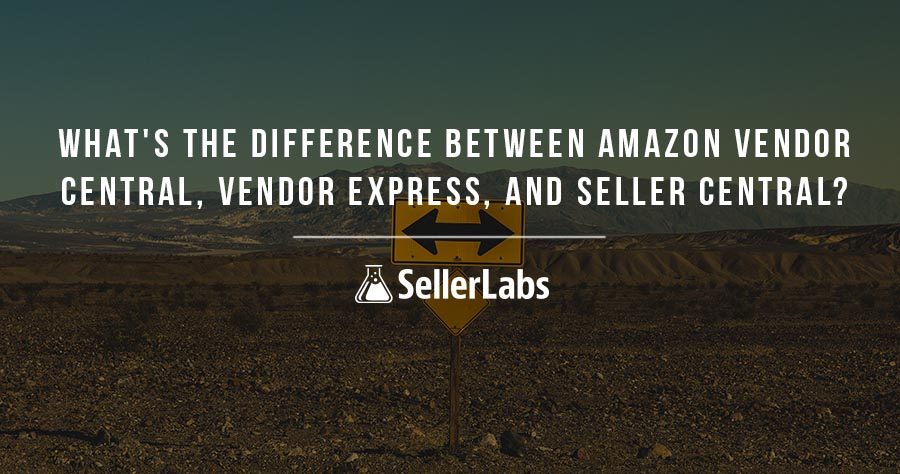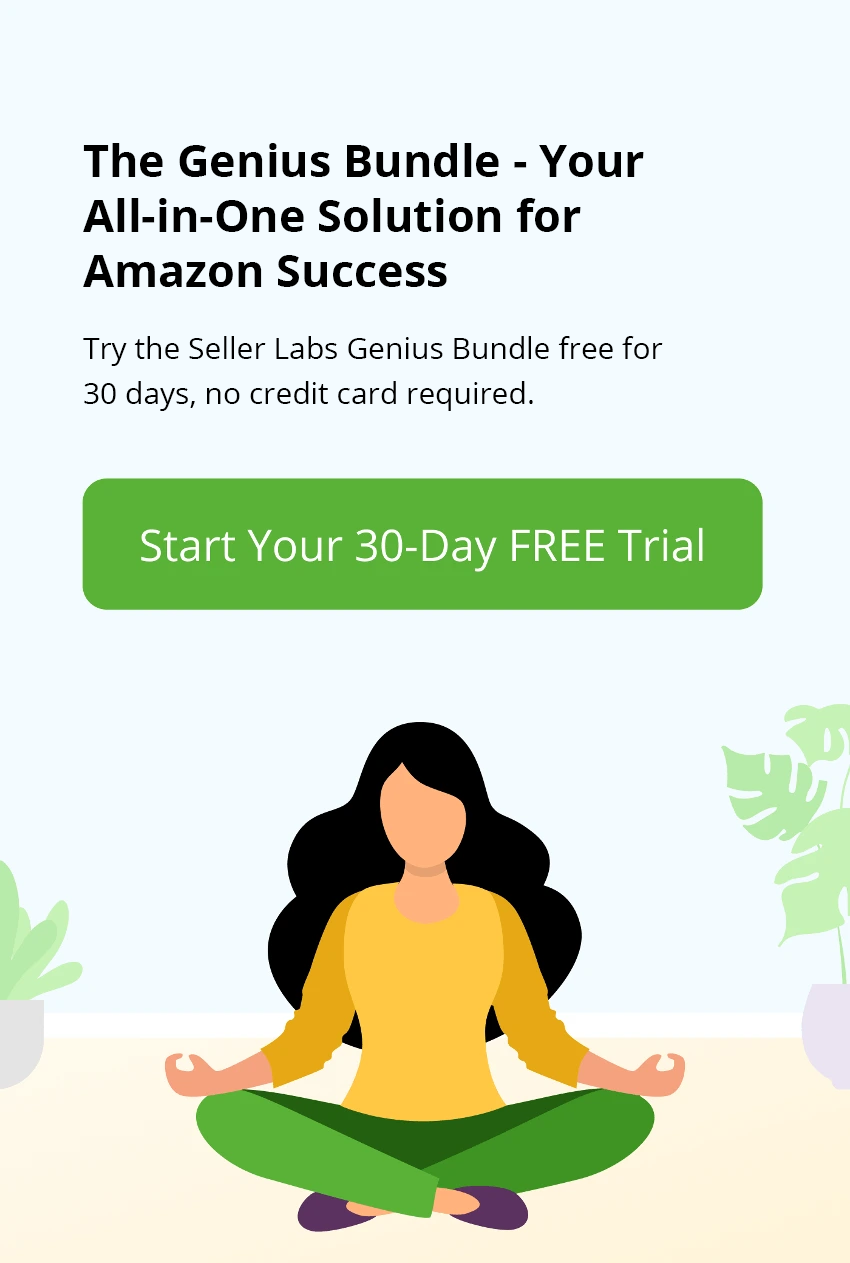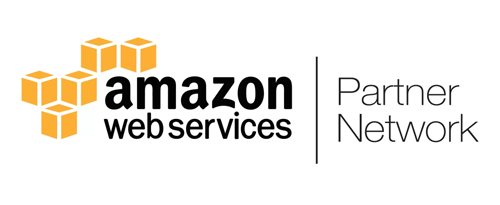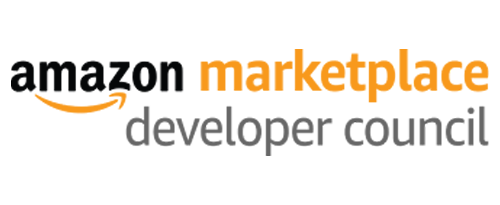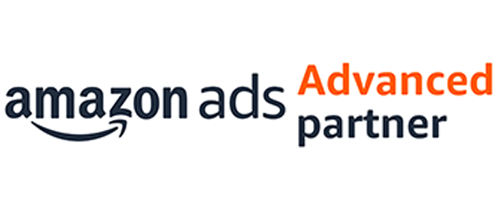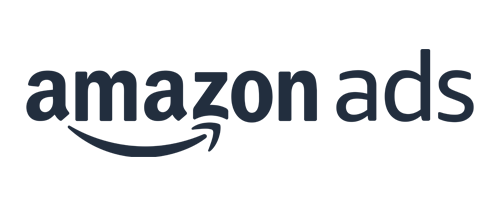UPDATE: September 24, 2019: From Amazon: “Enhanced Brand Content is now called A+ Content.”
UPDATE: March 13, 2018: Amazon Will Discontinue Its Vendor Express Platform
“Communicating via an email sent directly to sellers using the platform, Amazon announced the gradual discontinuation of the Vendor Express platform between now until its permanent unavailability, effective January 1, 2019.
ORIGINAL ARTICLE: While there has always been chatter on seller forums and debates about the merits of Amazon Vendor Central vs. Amazon Seller Central for first-party sellers, the discussion has heated up recently as a result of the major changes to the Amazon Brand Registry. What used to be fairly clear (Vendor Central or Vendor Express for 1P vendors and Seller Central for 3P sellers) has become increasingly complicated as Amazon has tacked on additional features, rules, restrictions, fees, and benefits to each program as the marketplace grows and expands globally.
We’ve covered this in the past, but given the changes of late, now is a great time to check in and discuss the differences between the programs available to those selling on/with/to/via Amazon.
Which Amazon Selling Programs Are Available to You?
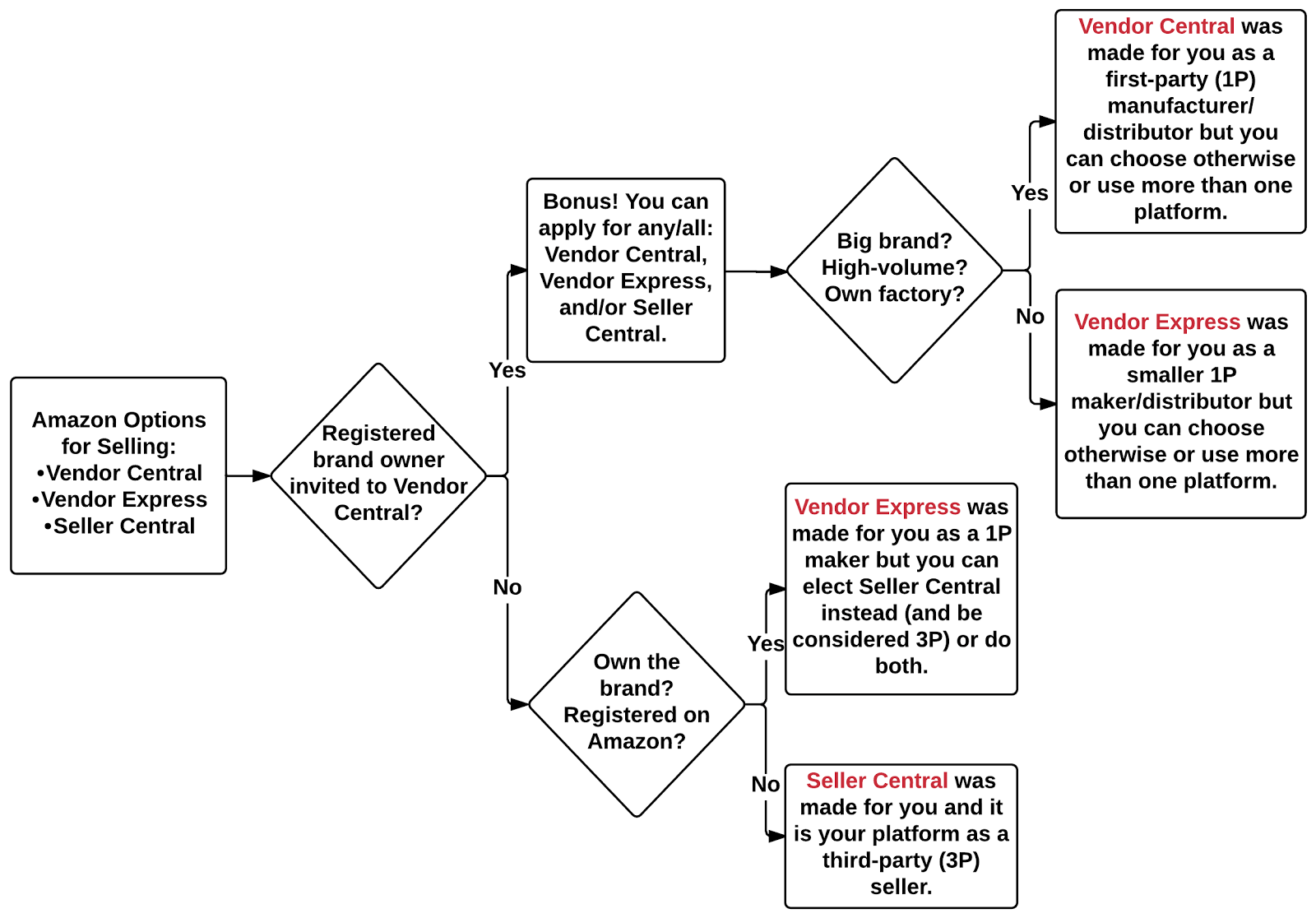
First, before we dig into the three programs, let’s clear up some confusion about eligibility and which program was built for whom. There’s a lot to digest about each platform and no sense in wasting time pursuing options that are not available to you as an individual seller.
Vendor Central: First-Party Seller (1P), Invitation Only
- What It Is: The invitation-only wholesale program Amazon created for brand-owning manufacturers and distributors. Best for larger brands that perhaps own their own factories.
- The Model: With Vendor Central, you’re a supplier and you’re selling wholesale to Amazon in bulk. Amazon orders, you ship to their various warehouses, they hold the merchandise and fulfill individual orders.
- In a Nutshell: What you lack in margins and control, you make up for in volume and the ability to focus on making and innovating rather than selling to end-users.
Strengths, Benefits, and Advantages of Vendor Central
- Simplicity: All you have to do is sell big orders to Amazon and ship inventory to the warehouses. Amazon stores the inventory and handles fulfillment, returns, and customer service.
- Familiarity: It’s a straight-up wholesale model where you and your Amazon Account Manager negotiate terms up front, he or she places bulk orders, you ship to Amazon.
- Inner-Circle Perks: Amazon bought your stock so it’s now theirs. Needless to say, it is in Amazon’s best interest to sell the products that it owns rather than those offered by third-party sellers with whom Amazon has to share revenue. Because it’s Amazon’s home field, it gives itself sales advantages. These are applicable to the products you sold Amazon and they include:
- Amazon-esque listings. This does wonders for consumer confidence because everything feels direct and trustworthy and Amazon approved.
- Better chance for the Buy Box (Amazon’s algorithm favors its own products)
- “Ships from and sold by Amazon.com” displayed with the item
- Amazon Prime eligibility
- Eligibility for inclusion in the Amazon Prime Pantry and Subscribe & Save programs
- Protection:
- The content of your product page will be protected from changes made by other sellers as Amazon ultimately controls the page themselves.
- Amazon will protect your brand because it is now a partner in your business and invested in your brand.
- Access to Amazon Marketing Services (AMS) and premium marketing opportunities (at a cost) not entirely available within some of the other seller programs:
- A+ Content: A+ pages provide rich content that can showcase your products and promote brand awareness. A+ has been shown to help increase shopper engagement and boost sales 3-10% according to Amazon.
- Amazon Vine: Top reviewers get to test your products and write about them even before your inventory is warehoused so that you hit the ground running with trusted reviews. It can create great buzz and give your brand and product credibility right off the bat.
- Access to detailed analytics (for a fee) not available in some other seller programs.
- Electronic Data Interchange (EDI) capability
Weaknesses, inadequacies, and annoyances of Amazon Vendor Central
- Lower Margins: You’re a wholesaler so your margins are smaller because you’re selling in volume.
- No Control of Over Retail Price: Brands cannot enforce Minimum Advertised Price (MAP) with Amazon so prices can erode substantially between MAP violation and Amazon’s price-match guarantee.
- Limited Geographic Marketplace: Sales are limited to Amazon.com. Sales on Amazon.ca or Amazon.com.mx require additional separate vendor central accounts.
- Slow Payments: Most payments are made on a net-60 basis. If Amazon pays in 30 days, they consider this early payment and deduct 2%.
- Limited Analytics: Vendor Central analytics are limited. Truly helpful Premium Analytics reports are 1) not available to all accounts (check with your Amazon Retail Account Manager), and 2) available only for a fee.
- No Access to Buyer Info: Reports do not contain buyer data and contacting buyers is prohibited. This puts you at the mercy of Amazon’s Customer Service, and how they handle it reflects upon your brand. It also prevents you from being able to make something right for an unsatisfied customer.
- No Control of Inventory Size: Amazon controls how much inventory it purchases. Unfortunately for you, if your product gets a shout-out from Oprah, you won’t be able to up your inventory on Amazon in order to cover the increased demand. By the same token, if Amazon feels that it has too much of your product in stock and it’s not moving fast enough, it can charge you for warehousing or phase out the product.
- Fees: There are no shortage of associated fees, including Market Development Funds (MDF) fees and packaging fees. Also factor in freight allowance and damage allowance.
- Chargebacks: Even a small failure such as a mis-wrapped product or absent label will result in a chargeback, sometimes not in conjunction with a PO or many months after the shipment.
Bottom Line on Vendor Central
If you’re eligible for Vendor Central because Amazon invited you, it can be a great opportunity to gain massive exposure and give your company a chance to focus on innovation, product development, production, and selling high volume with few complications by offloading things like retail sales, packing and shipping, and customer service. However, the trade-off means lower margins, relinquishing a good bit of control over data, and pretty much agreeing to play by Amazon’s often-strict rules.
Vendor Express: 1P, No Invitation Required
- What It Is: A scaled-down wholesale program that Amazon offers to smaller-scale brand-owning manufacturers and distributors. Best for young brands and artisanal producers. Vendor Express requires that you own the intellectual property rights for the products you sell to Amazon. If you do not own these rights, your products may still be eligible for other Amazon programs, as long as your products do not violate any third party’s intellectual property rights.
- The Model: With Vendor Express, you’re a supplier and you’re selling wholesale to Amazon in bulk. Amazon sees itself as a partner and investor in growing younger/smaller businesses and it views Vendor Express as a platform for that.
- In a Nutshell: Like Vendor Central, what you lack in margins and control, you make up for in volume and the ability to focus on innovation and production. Amazon slogan for Vendor Express: “You make it. We sell it. Your business grows.”
Strengths, Benefits, and Advantages of Vendor Express
- Less Restrictive Than Vendor Central: Unlike Vendor Central, there is no invitation required.
- Free to Join: There’s no annual charge or monthly fee or another cash cost to participate in the program.
- Experience for Young/Smaller Businesses: Vendor Express is a great way for a young/small business to break into wholesale and potentially grow.
- Simplicity: Amazon buys products directly from you and handles shipping costs, merchandising, customer service, and customer returns.
- Inner-Circle Perks: As with Vendor Central, Amazon owns your products and has a greater incentive to sell them. That said, your products enjoy the following:
- Amazon-esque listings
- Better chance of winning the Buy Box
- “Ships from and sold by Amazon.com” displayed with the item
- Amazon Prime eligibility
- Certain Fees Waived:
- Free shipping from your warehouse to Amazon or directly to Amazon customers.
- No charges for handling and storage.
- Two Fulfillment Options:
- Fulfillment by Amazon (FBA): Amazon handles inventory and shipping costs.
- Direct Fulfillment (drop-ship): Amazon provides prepaid and pre-filled forms so you can ship directly to customers.
- Access to Amazon Marketing Services in a limited capacity (Vendor Express does not include access to A+ Content or Amazon Vine. However, at the time of this post, Amazon is offering five free A+ Pages to sellers new to Vendor Express.)
Weaknesses, Inadequacies, and Annoyances of Vendor Express
- Sample Units Required: Amazon usually requests a minimum sample of product units so that it can evaluate demand before placing an initial purchase order. Obviously, those samples are at a cost to you and Amazon may still decide not to purchase and carry your wares.
- Smaller Margins: As a wholesaler selling in bulk to Amazon, your margins are smaller. As well, on Vendor Express, Amazon sets a wholesale price that is determined by an algorithm and this price is non-negotiable.
- Automated Product Pricing: Retail price is set by an algorithm.
- Slow Payments: Getting your earnings usually takes about 60-90 days, which is longer than with Vendor Central and much longer than with Seller Central. This can be a real problem for young/small businesses in need of cash-flow.
- Limited Marketing Support: A+ Content and Vine are not available in Vendor Express.
- No Access to Buyer Info: As with Vendor Central, Vendor Express reports do not contain buyer data and contacting buyers is prohibited. Thus, you have no control of the customer interaction or access to customer information.
Bottom Line on Vendor Express
Amazon Vendor Express is not the perfect mix of Vendor Central and Seller Central that many sellers had hoped for. It’s definitely for first-party sellers. Its real strength is that it offers non-mega-brands an opportunity for a foray into wholesale and upscaling their productions (and hopefully their profits). What these younger, smaller producers may gain in terms of experience, exposure, time, and volume, they lose in terms of margins, control over cost, and customer interaction. But it doesn’t cost much to try Vendor Express. If you’re a producer who owns your brand and you want to spend more time earning and less time packing and shipping, Vendor Express could be a great fit.
Seller Central: Third Party (3P), No Invitation Required
- What It Is: The Marketplace program that Amazon offers to third-party sellers who may or may not own their brands and who are selling directly to Amazon consumers.
- The Model: Retail platform. With Seller Central, you’re selling individual units or small quantities to individual Amazon shoppers via the Marketplace.
- In a Nutshell: The Seller Central program is flexible and affords sellers a lot of control and it can be lucrative; it also requires a lot more hustle to make it happen and to compete against Amazon.
Strengths, Benefits, and Advantages of Seller Central
- Open to All: There is no invitation required and you don’t need to own the brands you are selling (though you can and utilize Amazon’s Brand Registry).
- Higher Margins: Because you are selling directly to consumers, there’s no wholesaler (though there is a middle-man: Amazon) immediately eating up the standard 50% right off the bat. You have control over your pricing. In this model, you’ll sell fewer units than a wholesaler would but you’ll make more and keep more per unit.
- Fast Payment: Seller Central pays within 7-14 days.
- Fulfillment by Amazon:
- FBA is available to 3P sellers, which means you can opt to have Amazon warehouse inventory, fulfill orders, and handle customer service and returns.
- Prime eligibility on FBA items.
- Strong Reporting: Seller Central offers some excellent tools for analytics and reporting.
- Access to customer data: You can’t add customers to your marketing list with Seller Central, but you can access demographic data and contact customers for feedback (try Feedback Genius free) and to resolve customer-service issues. Do it right and you can up your ratings and garner some good reviews.
- Control Over Inventory: With Seller Central, your inventory is yours and you can recall it from Amazon if you need to allow it elsewhere.
- Two Seller Central Options: Individual and Professional
- Individual Selling Plan: There’s no subscription fee but there is a $0.99 fee for each item sold. Thus, this option is best if you plan to sell fewer than 40 items per month.
- Professional Selling Plan: This plan costs $39.99 per month but has no per-item fee. It is for sellers who move 40+ units per month.
- Larger Geographic Marketplace: Selling in Mexico and Canada is an option when you create a North American account. Selling in the European Union is an option if you have a unified European account.
- Access to Enhanced Brand Content: This is similar to A+ Content in Vendor Central. Use it to build rich-content detail pages that can showcase your products and promote brand awareness. At the time of this post, Amazon is offering free EBC pages.
- Access to Sponsored Products Ads: Amazon’s PPC program for sellers can get your products page-one first-spot placement.
- Access to the Amazon Early Reviewer Program: Brand owners can submit SKUs that sell for more than $15 and have fewer than five reviews. Amazon will then email buyers who have recently purchased your product asking them to review your product. Amazon will offer those customers a $1-3 Amazon credit for leaving a review. As a seller, your cost to enroll a SKU is $60, however, you don’t get charged until Amazon gets you at least one review for that SKU. Amazon will continue to email customers for a period of up to one year, or until you get five reviews through the program. When you enroll a SKU, you want to make sure you enroll the parent SKU so that all children will be included, in that enrollment fee.
Weaknesses, Inadequacies, and Annoyances of Seller Central
- Costs and Fees:
- Neither the individual nor the professional plan is free.
- If you participate in FBA and your items sit too long, you may incur fees to keep them in storage.
- In addition to the monthly fee or per-item fee, additional fees apply to both plans and are variable by kind and category.
- Category/Product Restrictions: More than 20 categories are open for selling on Amazon; products in these categories can be listed without specific permission from Amazon. However, some open categories only allow listings for new products or have additional guidelines sellers must follow. Some of these extra hoops to jump through include, but are not limited to:
- Specific permission from Amazon to list products in certain categories
- Additional fees
- Performance checks
- Fierce Competition, Including from Amazon: Because anyone with inventory can be a third-party seller, competition on the Amazon Marketplace is fierce. This can lead to price wars that significantly consume your time and diminish your profits. Add to that the fact that if Amazon owns and sells the same product that you own and sell, you are essentially competing against Amazon. That is a tough fight, especially when it comes to possession of the Buy Box.
- Exclusion from Some Programs and Services: Seller Central excludes Amazon Pantry and Subscribe & Save. As well, Seller Central marketing tools do not include A+ Content or Amazon Vine or the more-sophisticated PPC programs.
- Substantial Investment of Time and Energy: Succeeding on Seller Central requires a lot of time and work and attention. From pricing strategy to order fulfillment to marketing to customer service and everything in between, making a living as an Amazon Seller requires you to be smart, nimble, capable, energetic, and able to manage every aspect of sales.
Bottom Line on Seller Central
With all of its pluses and minuses, Seller Central is the only option for 3P sellers on Amazon so it’s Amazon’s way or the highway. It’s tricky business, crazy cut-throat, and we all know that the slightest infringement or misstep can lead to a seller’s suspension. Amazon’s investment in Seller Central is about diversity and choice for the customer, offering the selection in order to say that Amazon offers EVERYTHING and that shoppers need not go anywhere else for options and the best prices. But Seller Central isn’t where it’s at for Amazon and they’d rather own the product outright than do a revenue share. The good news is that Seller Central has come a long way in terms of capabilities for sellers. FBA was a radical improvement and I like the look of Amazon starting to extend things like free EBC to 3P sellers.

